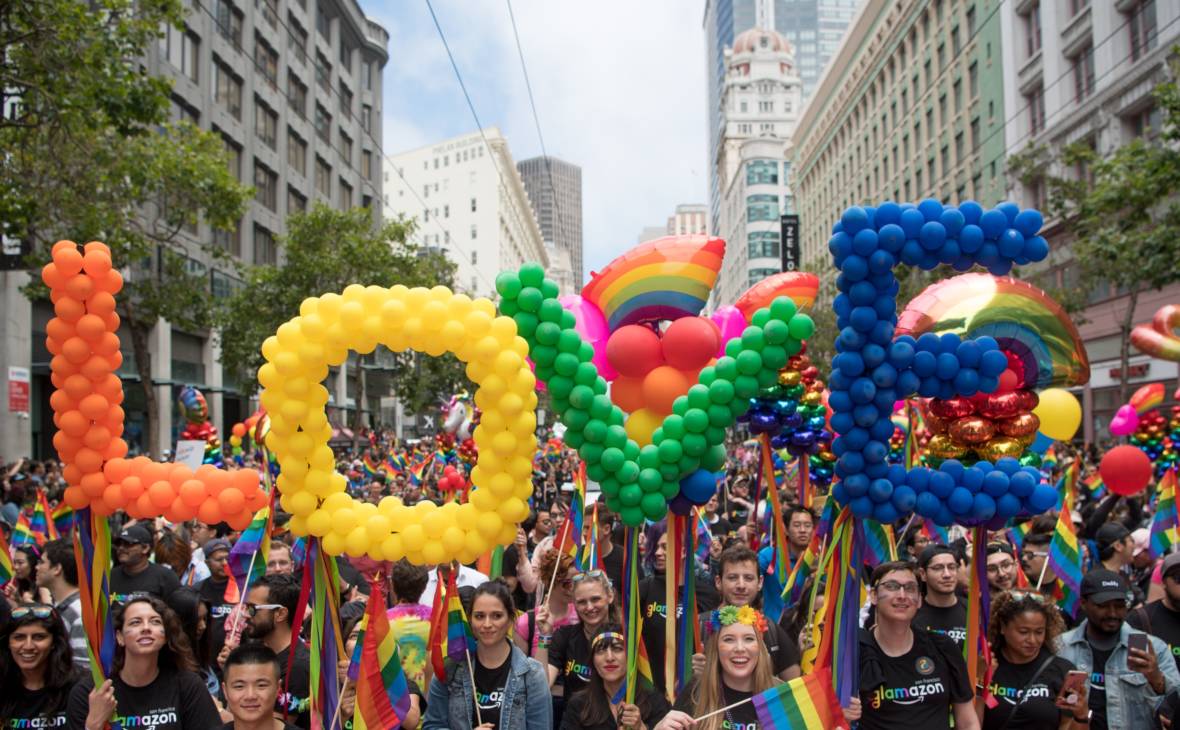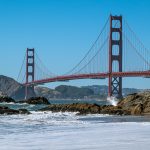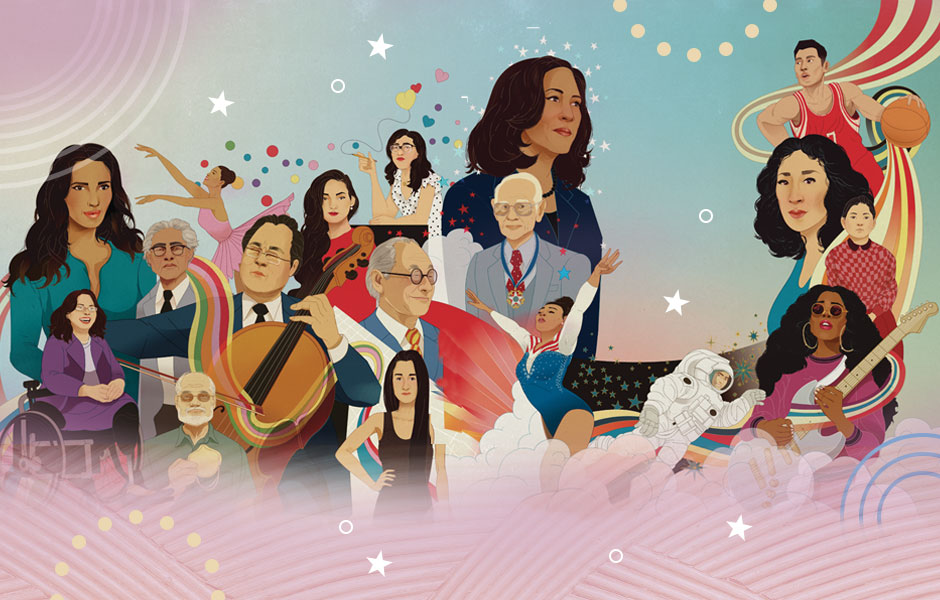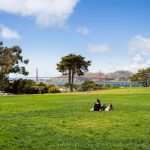From Gold Buddhas To Jade Jewelry– Asian Art Museum Is International Cultural Hub
October 27, 2016The historical Buddha Shakyamuni; a blue Medicine Buddha, the Tibetan healing specialist; a red Amitabha, guardian of the Land of Bliss, and meditation deities depicting male and female deities in sexual union.
The spiritual figures are among the stirring A Billion Buddhas, an exhibit of Tibetan paintings at the Asian Art Museum. The sacred pictures from Himalaya illuminate the multiple roles Buddhas play in religious thought and practice. Tibetan religious doctrine teaches visualizing the meditation deities can produce enlightenment.
The historical, spiritual, and artistic story of Buddhism is a major theme of the collections and exhibits of the Asian Art Museum. The Museum’s collection of more than 18,000 objects makes it the largest in the United States devoted exclusively to the arts of Asia. On dramatic display in the galleries are more than 2,000 treasures from Asia: South Asia, the Persian World and West Asia, Southeast Asia, the Himalayas, China, Korea, and Japan.
The collection spanning 6,000 years features miniature jades to monumental stone, bronze, and wood sculptures, paintings on screens, hanging scrolls; porcelains and ceramics, lacquers; textiles; furniture, and baskets. Special exhibits include the traditional like ceremonial robes to the edgy like the erotic paintings of Japan’s Edo-period.
The mission of the Asian Art Museum of San Francisco – the Chong-Moon Lee Center for Asian Art and Culture is to bridge understanding between Asia and the United States and between the diverse cultures of Asia. Located on Civic Center Plaza across from City Hall, the Museum is situated as the cultural hub for the diverse communities of the Bay Area.
For thirty-five years from 1966 to 2001, the Museum was a wing of the M. H. de Young Memorial Museum in Golden Gate Park. It reopened as a public/private entity on March 20, 2003 in the repurposed and seismic-strengthened former Main Library. The largest single private gift for the new location was $15 million from Korean-born, Silicon Valley entrepreneur Chong-Moon Lee.
Award-winning Italian architect Gae Aulenti, an international talent in converting historic structures into museum spaces, notably the Musée d’Orsay in Paris created from a huge 1900s railway station, transformed the 1917 San Francisco Beaux Arts structure. Honoring historic elements, Aulenti designed a breathtaking indoor sky-lit lobby incorporating the historic entrance and dramatic grand staircase. Galleries on the second and third floors display artifacts; the first floor has three exhibition spaces.
Asian cultures are also reflected in the cuisine of Café Asia. Executive Chef Melinda Quirino of the Hotel Nikko restaurant developed the menu featuring dishes like Emperor Qianlong coconut chicken soup and Kubla Khan vegetable curry. The café and its outdoor pavilion are accessible without Museum admission ticket.
A gilded bronze Buddha dated 338, the oldest known Chinese Buddha, is the centerpiece of the extensive collection of Asian art industrialist Avery Brundage donated to San Francisco. His initial gift was contingent on the city building a home for the masterpieces. At the June 11, 1966 dedication of the Asian wing of the DeYoung in Golden Gate Park, Brundage envisioned the new art center would make San Francisco “one of the world’s greatest centers of Oriental culture.”
During the thirty-five years in Golden Gate Park, the Museum held special exhibits demonstrating the huge popularity of Asian art. In June 1975, The Exhibition of Archaeological Finds of the People’s Republic of China was the first major international exhibition to travel outside of China since the end of World War II. More than 800,000 visitors attended over eight weeks. In April 1991, the Dalai Lama opened the Museum’s exhibit, Wisdom and Compassion: The Sacred Art of Tibet. In August 1994 the Museum exhibited the famous terra-cotta warriors of China’s first emperor.
The Museum continues spectacular special exhibits in its innovative Civic Center location. Worshipping Women: Power and Devotion in Indian Painting through March 25, 2017 reveals the goddess in her many guises. The Rama Epic: Hero, Heroine, Ally, Foe depicting the 1,500 year-old sacred stories from India to Indonesia, and Divali, the Hindu festival of light, enliven the Museum during Fall-Winter of 2016. Dance, performances, and story telling bring history and culture of the exhibits to life.
HOURS AND ADMISSION
The Asian Art Museum, located at 200 Larkin Street, is open Tuesday through Sunday from 10 AM to 5 PM, with extended spring and summer evening hours on Thursdays until 9 PM. Admission is $15 for adults; $10 for seniors (65 and older), college students with ID, and youth 13–17; and free for children under 12 and SFUSD students with ID. Admission on Thursdays after 5 PM is just $5 for all visitors (except those under 12, SFUSD students, and museum members, always admitted free). Target First Free Sundays are the first Sunday of every month.
Back to Blog








